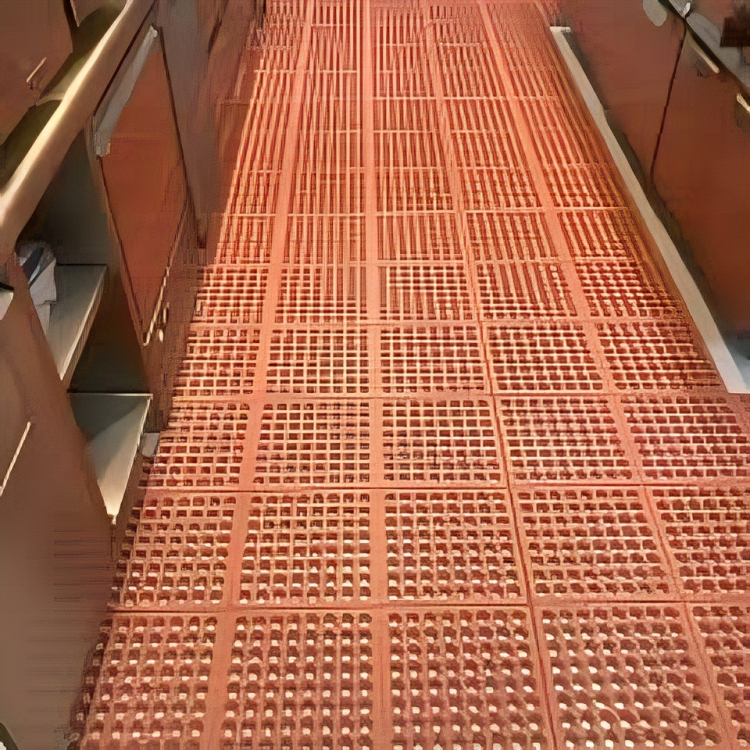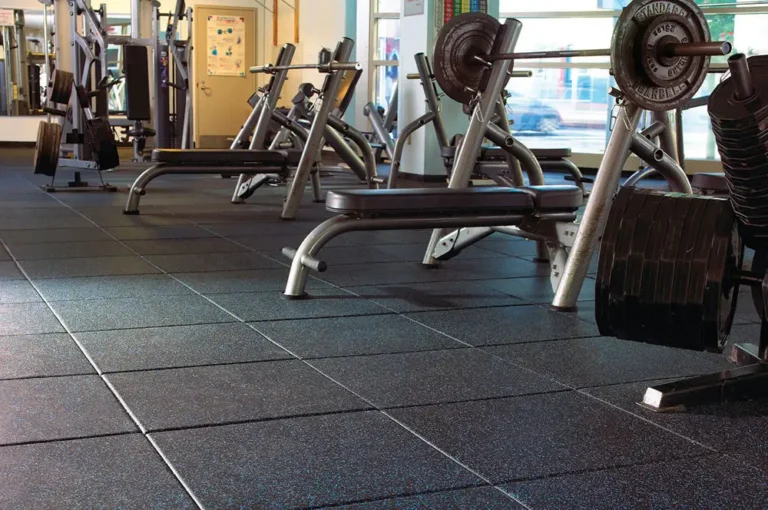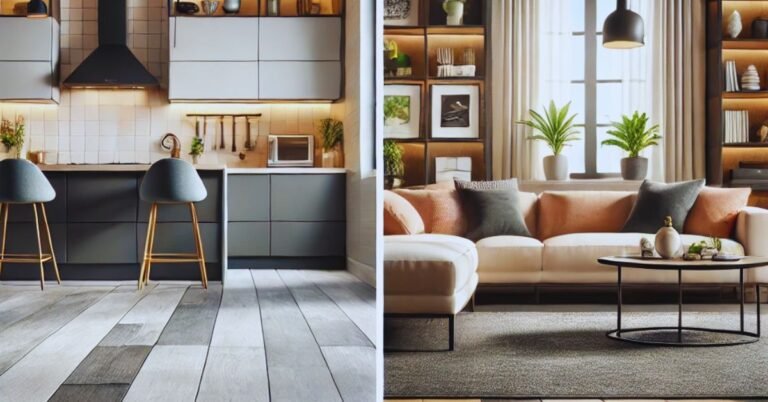How to Prevent Slippery Floors
If you have a home, an office, or a commercial space, the last thing you want is to deal with slippery floors, which pose a serious safety concern. Injuries, lawsuits, and expensive insurance claims can all result from slips on slick surfaces. Preventing slippery floors keeps the people safe and ensures the functionality and comfort of the place. Now, we’ll discuss tips on how to make sure your floors are slip-free, from the right materials to maintain the right floor.
Understand the Causes of Slippery Floors
Wet or moist floors: Floors with water or other liquid on them are slippery. Wet or moist floors, especially the case for hard surfaces like tile, hardwood, and laminate.
Dirty floors: Dirt, dust, and oils can make for slippery surfaces, increasing the chances of slipping.
Degraded floor finishes: Floor finishes such as wax or sealants can break down as time passes, making them less slippery.
Use of improper materials on the floor: Some flooring types (Like polished marble or glass tiles) are inherently more slippery than other types of flooring.
Not cleaning properly: Using the wrong cleaning agents even leaves a sticky residue on the floor, which makes the floor slipperier.
Choose the Right Flooring Materials
The type of flooring you choose can make a big difference in how slippery a surface becomes. If you’re installing new floors or considering replacements, opt for materials that provide better traction:
Textured tiles: Textured ceramic or porcelain tiles are designed with tiny ridges or grooves to make slipping harder in comparison to other floors. These types of floors are especially helpful in wet areas such as bathrooms and kitchens.
Rubber flooring: Ideal for high foot traffic areas and commonly found in commercial spaces, rubber floors offer a great grip for comfort spaces.
Wood: Hardwood flooring with a matte finish provides more traction than glossy or polished ones, which reduces the chances of slips.
Vinyl and linoleum: When well cared for, Vinyl and linoleum materials offer a durable, nonslip surface.
Carpet: In places where safety is a priority, such as an old age home or hospitals, high-quality carpets or rugs can be used in floors as they provide cushioning and help to prevent slip injuries for securing place.
Regular Cleaning and Maintenance

Clean spills promptly: Whether it’s water, food or oil, be sure to clean up spills as soon as possible to prevent slippery. A slippery floor is an accident waiting to happen any time for casing damage.
Choose the right cleaner: There are many cleaning products made specifically for non-slip surfaces. All these products also leave a layer that increases friction.
Skip harsh chemicals: Certain cleaning agents, such as wax-based or oil-based cleaners, create slick floors. Switch to gentle, pH-balanced cleaners that will not leave residue.
In high spill areas (like near sinks or doors), absorbent floor mats or rugs are helpful to keep moisture off of the floor.
Apply Non-Slip Coatings or Treatments
If your floors are already slippery, applying a non-slip coating or treatment can provide an additional layer of safety. All these products are typically easy to apply and come in different forms, such as sprays, waxes, or liquid solutions. Here’s what you need to know:
Anti-slip sprays: You can use these sprays on smooth floors; they increase friction so you don’t slip as easily.
Non-slip floor wax: If your floor is tile or linoleum, a non-slip wax can be used in addition to cleaning to add extra grip to the floor.
Anti-slip treatments for tiles: Anti-slip treatments exist that add microscopic abrasions to the surface of the tile to increase traction for bathroom or kitchen tiles.
Use Rugs and Mats for Extra Safety
Incorporating non-slip rugs or mats can provide a significant improvement for these more common slippery surface areas (bathroom, kitchen, entryways). Choose mats with a non-slip backing, so your mats aren’t sliding around. In bathrooms, bath mats or shower mats with suction cups can help minimize the chances of slipping. In kitchens, mats placed near the sink can catch water before it becomes a slip hazard.
Keep Floors Dry
Keeping floors dry at all times is one of the most efficient methods of preventing slippery floors. Here are some ways you might do this:
Use entry mats: Have mats at all the entry points of your home and use them to wipe your shoes to catch dirt, rainwater or snow that can keep your floors slippery.
Dehumidifiers: In areas of high humidity (like basements), using a dehumidifier can help to dry out floors and manage moisture.
Proper ventilation: Have kitchens and bathrooms ventilated to prevent moisture from pooling, leading up to slippery floors
Conclusion
Keeping slippery floors at bay is very much about material selection combined with the cleanliness and dryness of the flooring surface, and where necessary. The use of non-slip products. Implementing these tips will lower the risk of slipping and falling, making for a safer environment for all. Whether you’re rewiring your home’s floor or doing upkeep in a commercial space, investing in safety and comfort will never not be the right move. So keep these tips in mind, and your floors will remain safe, slip-free and welcoming for years to come.









